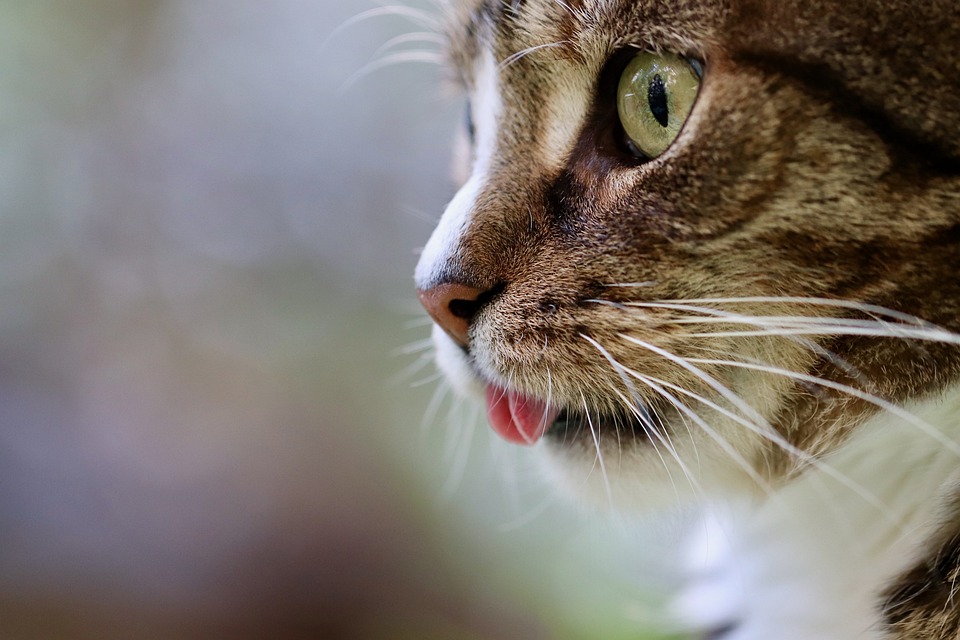
Cats are known for their mystique and independent nature, but sometimes this independence can manifest as aggression. While aggression in cats can be daunting, understanding the reasons behind it and employing the right strategies can help you manage and modify your cat’s behavior effectively. This article provides comprehensive insights and actionable tips to help you navigate and manage aggressive cat behavior.
Understanding Feline Aggression
Aggression in cats can arise from various factors, including fear, territorial instincts, frustration, or even medical issues. Recognizing the underlying cause is crucial in addressing the behavior effectively. Here are some common types of feline aggression:
- Fear Aggression: Cats may become aggressive when they feel threatened or cornered.
- Territorial Aggression: This occurs when a cat feels its territory is being invaded by another cat or human.
- Redirected Aggression: This happens when a cat cannot reach the source of its frustration and redirects its aggression elsewhere.
- Play Aggression: Young cats, especially kittens, may exhibit aggressive behavior during play due to high energy levels.
Identifying Triggers
To effectively manage aggression, it’s important to identify what triggers your cat’s aggressive behavior. Observe your cat closely and take note of the situations in which aggression occurs. Common triggers include:
- Sudden loud noises
- Introduction of new pets or people
- Changes in the environment
- Lack of stimulation or play
Practical Solutions for Managing Aggressive Behavior
Once you’ve identified the type and triggers of your cat’s aggression, you can apply the following strategies to manage and reduce the behavior:
Create a Safe and Stimulating Environment
A safe environment can greatly reduce stress-induced aggression. Provide your cat with a space where it can retreat when feeling threatened. Additionally, ensure your cat has enough stimulation through toys, scratching posts, and interactive play sessions to prevent boredom and frustration.
Gradual Introductions
If your cat shows territorial aggression, particularly towards new pets or people, introduce them gradually. Use scent swapping techniques by rubbing a cloth on the new pet and letting your cat smell it. Allow them to interact in controlled environments and reward calm behavior with treats and praise.
Positive Reinforcement
Reward-based training is an effective way to modify aggressive behavior. Use treats and praise to reinforce positive interactions and calm behavior. Avoid punishing aggressive behavior as it can increase fear and stress.
Redirect Aggression
For redirected aggression, provide your cat with outlets to express its energy safely. This can be done through interactive toys, laser pointers, or puzzle feeders that engage your cat’s hunting instincts.
Professional Help
If your cat’s aggression is severe or persistent, seeking professional help from a veterinarian or a certified animal behaviorist is recommended. They can provide tailored advice and, if necessary, explore medical reasons for aggression, such as pain or hormonal imbalances.
Consistency is Key
Consistency in training and environment plays a crucial role in managing aggressive behavior. Ensure that all household members are aware of and adhere to the strategies in place for managing aggression. Inconsistent responses can confuse your cat and worsen the behavior.
Monitoring Progress
Keep track of your cat’s behavior and any changes in its aggression levels. Note the effectiveness of different strategies and adjust as needed. Patience and persistence are essential; changes in behavior may take time.
Conclusion
Managing aggressive cat behavior requires understanding, patience, and the right strategies. By identifying triggers, providing a safe and stimulating environment, using positive reinforcement, and seeking professional help when necessary, you can effectively manage and reduce aggression in your cat. Remember, every cat is unique, and approaches may need to be tailored to suit individual needs.
With dedication and the right approach, you can transform feline fury into a harmonious relationship, ensuring a peaceful coexistence with your beloved pet.
#ChatGPT assisted in the creation of this article.








